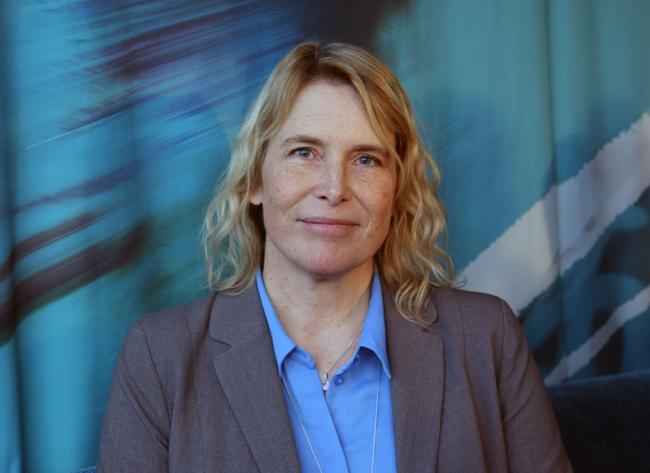The packaging determines if consumers recycle Christmas correctly
2018-12-20Should the plastic lid on the milk carton packaging be left or torn off before sorting? And what about the plastic packaging around meat products, should you rinse out the food residues before sorting? At Christmas time the amount of household waste increases, and recycling is often experienced as messy, time consuming and complicated. These are the findings from a new study conducted by researchers at CTF, Service Research Center at Karlstad University.
The researchers have investigated how the packaging design affects sorting. They found that the decision between throwing out or recycling was surprisingly complex. When it comes to taking care of the packaging, time plays a big role.
“If the package consists of several different materials that have to be separated, or need to be rinsed, the handling time and hence the resistance to sorting increases. Uncertainty about how to clean or sort the packaging also plays a role. One example is the plastic lid on the milk carton packaging. Should the lid stay on the packaging or should the entire plastic part be torn off?” Says Helén Williams, Lecturer in Environmental and Energy Systems, who has led this study.
It is often difficult to find information about how to sort the different packaging. Many participants in the study were concerned about sabotaging the system for the recycled materials, and chose to throw the packaging in the trash when they were unsure.
The content properties are also important. Sticky products are experienced as unpleasant and time-consuming to take care of. Several of the participants in the study thought the meat products were so disgusting that they didn’t want to clean the packaging but threw it in the waste instead. Helén Williams believes that the packaging for the Christmas ham and other sticky food products are likely to end up in the trash. Therefore, she encourages packaging developers to reconsider for that type of products.
The industry must take responsibility
Helén Williams, and the other researchers behind the study, believe that packaging should be designed for increased material recycling in order to meet the Swedish ambitions for increased circulation of materials. The design goals always need to agree with the packaging’s most important task of protecting its content and reducing waste.
“Although our results need to be verified in a larger study, our pilot study provides many ideas on how packaging designs should be developed to make it easier to sort. In order to reach the ambitions of the EU's Circular Economy Strategy, the industry needs to understand how packaging design can help consumers to sort. If the questions are handled with the correct insight into materials, technology and consumer behavior, Sweden can lead the development of knowledge that globally can contribute to reducing plastic waste in the oceans”, says Helén Williams.
The purpose of the study was to investigate how the packaging design affects sorting procedures of packaging. The study was conducted through interviews with consumers in ten households, all with great environmental commitment and motivation to material recycling.
"We wanted to investigate what packaging characteristics make motivated consumers throw the packaging in the waste. If motivated consumers experience such major obstacles to certain packaging, it can be expected that even more packaging will be discarded if less motivated. The consumers’ willingness to sort is crucial for an improvement”, says Helén Williams.
Read more about the study in the newly published article “Decisions on Recycling or Waste: How Packaging Functions Affect the Fate of Used Packaging in Selected Swedish Households” written by researchers Helén Williams, Fredrik Wikström and Per Kristensson at CTF, Service Research Center at Karlstad University, and Katarina Wetter-Edman, Örebro University.
Link to article here.



